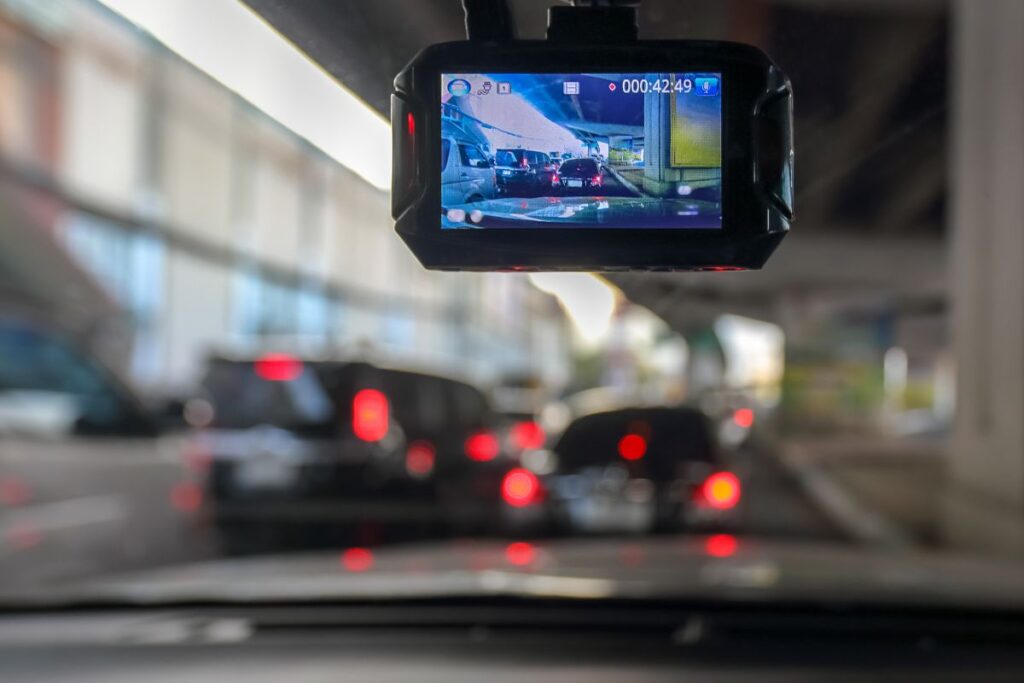When creating a website, there are two main groups of people to cater to: visitors and search engines. You need SEO friendly website so that people may find your website when they use Google to look for products. However, you also need a creative, clear website design to help customers discover the products they need.
When there are hundreds of products listed on a website, the challenge for the site owner is to strike a balance between the needs of the users and the needs of search engine optimization. A further complication is that many organizations have distinct SEO and web development departments.
Building a beautiful and successful website requires the collaboration of multiple teams, even if they are all located under one roof. The SEO Expert will seek to make sure the site has enough information to rank well in Google’s search results for user queries, while the development group will battle to keep the site’s visual and user aspects as simple as possible.
To help you find a middle ground between these two objectives, this post will dig into what SEO web design is, why it’s important, and the top things you need to optimize.
Table of Contents
ToggleWhat is SEO friendly website?
A SEO-friendly website is a website that is designed to be easily discovered and indexed by search engines. This means that the website is structured and organized in a way that makes it easy for search engines to understand the content and relevance of the website.
To be SEO-friendly, a website should have a well-organized structure and use relevant keywords in the content and metadata. The website should also be mobile-friendly, as more and more people are using mobile devices to access the internet. Additionally, the website should have fast loading times and use clean, valid HTML code to make it easy for search engines to crawl and index the website.
Overall, a SEO-friendly website is one that is optimized for search engines and provides a good user experience for visitors.
Why Is SEO Friendly Website Important?
SEO-friendly web design is important because it helps search engines understand and index your website, which can improve your visibility in search results.
When a search engine crawls a website, it looks for certain elements to determine the relevance and quality of the website. A SEO-friendly web design ensures that these elements are present and optimized, which can help the search engine understand the content and purpose of the website.
For example, a SEO-friendly web design may include:
- A clear and intuitive structure
- Relevant and targeted keywords in the content and metadata
- Internal and external linking
- A mobile-friendly design
- Fast loading times
- Clean and valid HTML code
Having a SEO-friendly web design can help improve your website’s ranking in search results, which can lead to more traffic and potential customers. It can also improve the user experience for visitors, as a well-designed website is more enjoyable and easier to use. Overall, a SEO-friendly web design can benefit both search engines and users.
SEO Friendly Website Checklist
To design an SEO-friendly website that ranks well in Google, there are several key factors to consider:
Choose a relevant and descriptive domain name:
The domain name should accurately reflect the content and purpose of your website. Avoid using digits or hyphens, and keep it as short as possible.
Use header tags wisely:
Header tags (H1, H2, H3, etc.) are used to indicate the hierarchy of your content and should be used to break up the content into sections. Use only one H1 tag per page, and be sure to include relevant keywords in your header tags.
Use alt tags to describe images:
Alt tags are used to describe the content of images to search engines. This helps search engines understand the content of your images and how they relate to your overall website.
Use internal and external links:
Internal links help search engines understand the structure of your website and how your pages are related. External links, especially to high-quality websites, can help improve your search engine ranking.
Use descriptive and relevant title tags:
The title tag is the text that appears in the search engine results page (SERP) as the title of your page. Make sure to include relevant keywords and make it descriptive, but keep it under 60 characters to avoid getting truncated in the SERP.
Use Meta descriptions:
Meta descriptions are short snippets of text that appear in the SERP under the title of your page. They should be no longer than 160 characters and should accurately describe the content of your page.
Use responsive design:
Responsive design ensures that your website looks and functions properly on all devices, including desktop computers, tablets, and smartphones. This is important because Google uses mobile-friendliness as a ranking factor.
Use a sitemap:
A sitemap is a file that lists all the pages on your website and helps search engines understand the structure of your website.
Use clean and organized URLs:
URLs should be easy to read and include relevant keywords. Avoid using special characters or long strings of numbers.
Use social media to promote your website:
Social media can help drive traffic to your website and improve your search engine ranking. Make sure to include links to your website on your social media profiles.
Monitor and track your results:
Use tools like Google Analytics to track the traffic to your website and see how well your website is performing in the search engines. This can help you identify areas for improvement and optimize your website accordingly.
Regularly update and add new content:
Fresh, high-quality content can help improve your search engine ranking and keep visitors coming back to your website. Try to add new content on a regular basis, whether it’s through blog posts, articles, or other forms of content.
By following these tips, you can design an SEO-friendly website that ranks well in Google and helps drive traffic to your website.
Websites that are optimized for search engines (SEO) are those that meet the highest standards of technically sound, delightful to use, and search-focused. To create or verify that your website is search engine optimized, use the following guidelines.
Make your website technically sound:
Use clean, valid HTML code:
- Follow web standards and best practices when coding your website
- Use a tool like the W3C Markup Validation Service to check the validity of your HTML code.
Use header tags (H1, H2, etc.) to indicate the hierarchy of your content:
- Use H1 tags for the main headings of your pages
- Use H2 tags for subheadings, H3 tags for sub-subheadings, and so on
- This helps search engines understand the structure and hierarchy of your content
Use alt tags to describe images:
- Alt tags are short descriptions of images that are displayed when an image can’t be shown
- Alt tags help search engines understand the content of your images and can also improve the accessibility of your website
Use a sitemap to help search engines understand the structure of your website:
- A sitemap is a file that lists all the pages of your website in a hierarchical structure
- It helps search engines understand the organization of your content and can improve the crawling and indexing of your website
Use a robots.txt file to tell search engines which pages or files to ignore:
- The robots.txt file is a simple text file that you can place in the root directory of your website
- It tells search engines which pages or files they should ignore when crawling your website
Use a tool like Google Search Console to monitor the technical performance of your website:
- Google Search Console is a free tool that allows you to monitor the technical performance of your website
- It provides data on how your website is performing in search results, any crawl errors, and other technical issues that may affect your website’s visibility in search results.
Leaen About Free freelance website
Make your website delightful to use:
Use a clear and easy-to-navigate structure:
- Organize your content in a logical and intuitive way
- Use a clear hierarchy and headings to guide users through your content
- Use a navigation menu to help users find the pages they are looking for
Use a mobile-friendly design:
- More and more people are using mobile devices to access the internet
- Make sure your website is responsive and works well on all devices, including smartphones and tablets
Use fast loading times:
- Users expect websites to load quickly
- Use a tool like Google PageSpeed Insights to test the loading speed of your website and get suggestions for improving it
Use a clean and professional design:
- Use a clean and modern design that is visually appealing and easy on the eyes
- Avoid using too many colors, fonts, and other design elements that may distract or overwhelm users
Use easy-to-read font sizes and styles:
- Use a font size that is easy to read on all devices
- Use a font style that is easy to read and not overly decorative
- Avoid using too many font sizes and styles, as it can make your content hard to read.
Make your website search-focused:
Use relevant and targeted keywords in your content and metadata:
- Research the keywords that are relevant to your business and include them in your content and metadata (e.g., page titles and descriptions)
- Use variations of your keywords and use them naturally in your content
- Don’t stuff your content with too many keywords, as it can negatively affect your search rankings
Use internal linking to help search engines understand the relationship between your pages:
- Internal linking refers to the process of linking to other pages on your own website
- It helps search engines understand the relationship between your pages and can improve the crawling and indexing of your website
Use external linking to establish the credibility and authority of your website:
- External linking refers to the process of linking to other websites
- It helps establish the credibility and authority of your website, as well as improves the user experience
- Use external linking to provide additional information and resources to your visitors
Regularly update your website with fresh and high-quality content:
- Search engines favor websites that regularly publish fresh and high-quality content
- Make sure to update your website with new content on a regular basis
Use social media to promote your website and increase its visibility in search engines:
- Social media can be a powerful tool for promoting your website and increasing its visibility in search engines
- Use social media to share your content, engage with your audience, and build your brand.




One Response